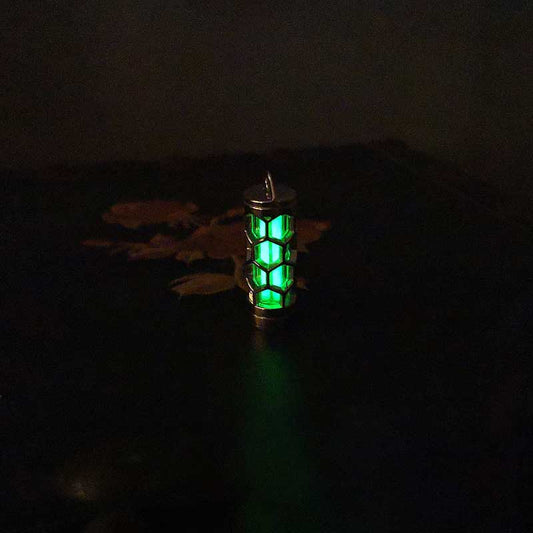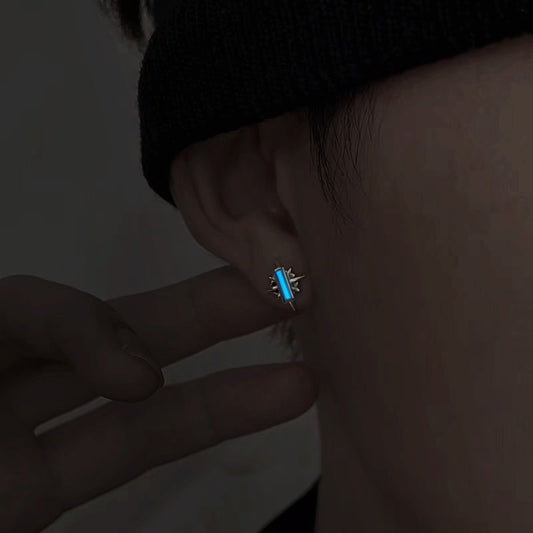Ruby on Mohs Scale A Gem of Enduring Strength
Ruby on Mohs Scale A Gem of Enduring Strength
I still remember my first encounter with a ruby. It was my grandmother's ring, passed down through generations. The stone was a deep, enchanting red, with an inner fire that seemed to dance in the sunlight. I was fascinated not just by its beauty, but by its resilience. Little did I know then, but ruby carries a remarkable hardness that places it firmly near the top of the Mohs scale.
The Mohs scale, named after the German mineralogist Friedrich Mohs, is a measure used to evaluate the scratch resistance of minerals. It ranges from 1, the softness of talc, to 10, the hardness of diamond. Ruby, while not quite as hard as diamond, holds a respectable position at number 9. This makes it one of the hardest gems used in jewelry, a testament to its enduring allure and durability. For everyday wear, rubies are practically perfect; they resist scratches remarkably well, making them ideal for rings and bracelets that brave the occasional bump.
But the ruby’s journey to high esteem is not due solely to its hardness. This gemstone has been embedded in cultural and historical significance for centuries. Rubies, often associated with vitality and energy, have long been a symbol of passion and power. In many cultures, owning a ruby was said to protect warriors in battle, and it's easy to see why such a robust and vibrant stone would attract these types of beliefs.
I’ve often wondered if the practical qualities of the ruby are what truly elevated it to its prestigious position—or was it the stories, passed down like my grandmother's ring, that endowed it with such status? There’s something compelling in the thought of history itself charging through the veins of a gem, the blood-red hue echoing tales as old as time.
In more modern contexts, rubies have maintained their high regard, becoming favorites among collectors and fashionistas alike, who appreciate both the gem's aesthetic qualities and its metaphoric weight. As I held my grandmother’s ring, I couldn’t help but marvel at its weighty legacy—both tangible in its dense composition and intangible in the web of stories spun around it.
A friend once pointed out that, in a sense, every ruby is a time capsule. These stones have formed over intense geological processes, and each one carries within it a record of the earth's history, waiting to be admired. It's a humbling reminder of how small we are in the grand scheme of things, and yet how connected we can feel to the story told by a single, enduring jewel.
Next time you spot a ruby, maybe in a display or on someone’s hand, take a moment to think about the journey it has taken. Not just measured in thousands of miles from origin to jeweler but in the strength that places it near the top of Mohs scale and in the stories it has silently witnessed and, perhaps, even shaped. It's a gem that not only stands the test of time but almost seems to relish it.































